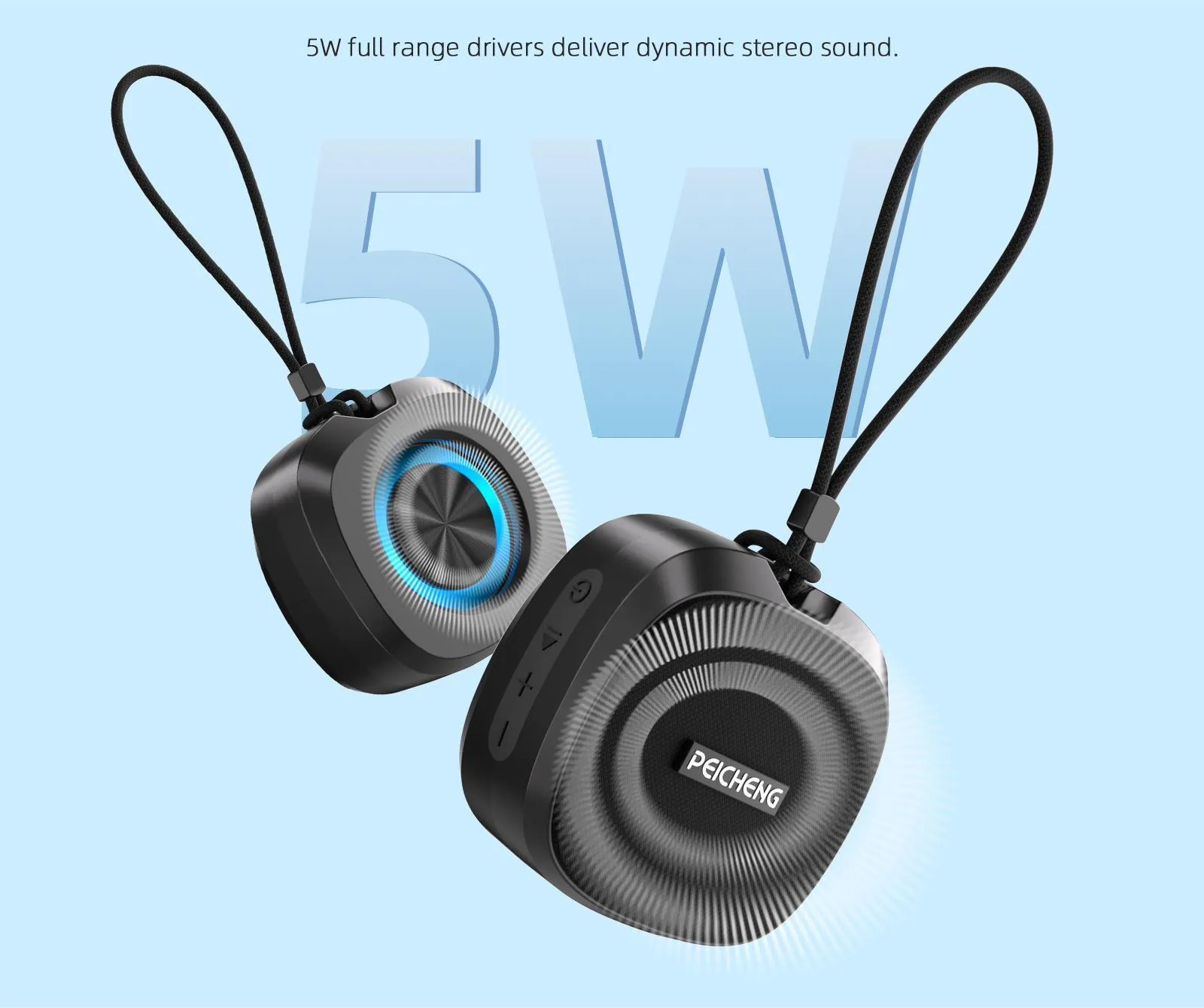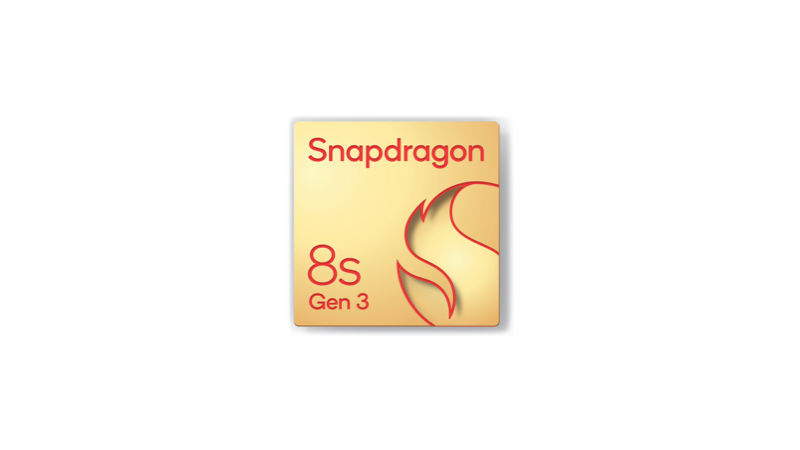- Explore
- Blog
- Dimensity 7030 vs Snapdragon 695 Performance Showdown
Dimensity 7030 vs Snapdragon 695 Performance Showdown
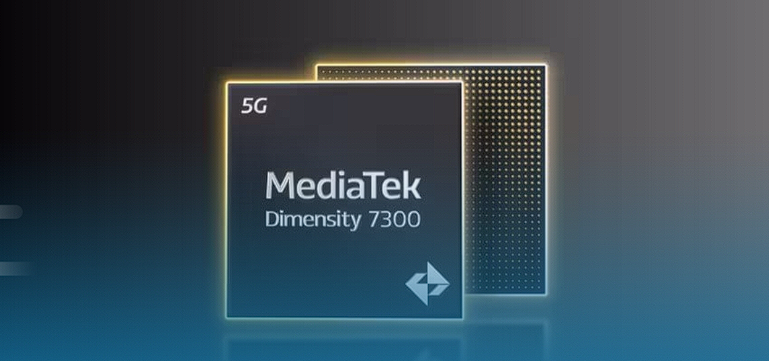
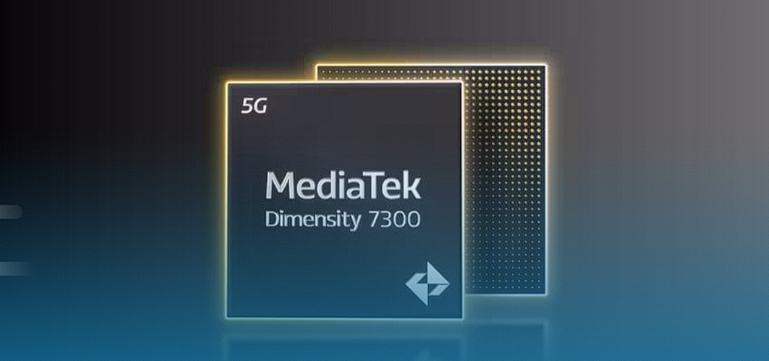
In today's mobile technology landscape, System-on-Chips (SoCs) play a crucial role in determining your smartphone's performance. They are the heart of your device, managing everything from processing power to connectivity. When it comes to mid-range smartphones, the Dimensity 7030 and Snapdragon 695 stand out as strong contenders. The Dimensity 7030, with its 8 cores clocked at 2.5 GHz and Mali-G610 MC GPU, outperforms the Snapdragon 695 by 103.86% in benchmark tests. Meanwhile, the Snapdragon 695, featuring 8 cores at 2.2 GHz and an Adreno 619 GPU, offers excellent battery efficiency. This showdown between Dimensity 7030 vs Snapdragon 695 highlights the strengths each brings to the table.
Introduction to the SoCs
Overview of MediaTek Dimensity 7030
Key features and specifications
Let's dive into the MediaTek Dimensity 7030. This SoC packs a punch with its 8-core setup. You get two high-performance ARM Cortex-A78 cores clocked at 2.5 GHz, perfect for demanding tasks. The six ARM Cortex-A55 cores, running at 2.0 GHz, handle lighter tasks efficiently. This combination ensures a balance between power and efficiency.
The Dimensity 7030 doesn't stop there. It includes a Mali-G610 MP3 GPU, which supports high refresh rates up to 144 Hz. This means smoother visuals whether you're gaming or watching videos. Plus, it supports HDR10+ Adaptive, HLG, and Dolby Vision, enhancing your viewing experience.
Connectivity is another strong suit. The integrated 5G modem supports both Sub-6 GHz and mmWave frequencies, offering download speeds up to 4.6 Gbps. Dual-SIM functionality adds flexibility, letting you use two networks simultaneously.
Target market and devices
The Dimensity 7030 targets mid-range smartphones and tablets. It's designed for users who want a blend of performance and affordability. You'll find this chip in devices that aim to offer premium features without breaking the bank. If you're looking for a device that handles multitasking, gaming, and media consumption well, this SoC is a solid choice.
Overview of Qualcomm Snapdragon 695
Key features and specifications
Now, let's talk about the Qualcomm Snapdragon 695. This SoC features a Kryo 660 CPU configuration. It includes two Cortex-A78 cores clocked at 2.2 GHz and six Cortex-A55 cores at 1.8 GHz. This setup ensures smooth performance for everyday tasks like browsing and streaming.
The Snapdragon 695 comes with an Adreno 619 GPU. While it's not built for high-end gaming, it performs well in less demanding scenarios. You can enjoy games like PUBG Mobile and Call of Duty: Mobile at decent frame rates on low settings.
Battery efficiency is a highlight. Thanks to the 6nm manufacturing process, devices with this chip tend to have excellent battery life. You won't need to charge your phone frequently, making it ideal for users on the go.
Target market and devices
The Snapdragon 695 is aimed at mid-range smartphones. It's perfect for users who prioritize battery life and reliable performance for daily tasks. You'll find this SoC in devices that offer good 5G connectivity and smooth multitasking. If you need a phone that lasts all day and handles your routine activities with ease, the Snapdragon 695 is worth considering.
Performance Analysis
CPU Performance
Core architecture and clock speeds
When you look at the core architecture of these two SoCs, you'll notice some interesting differences. The MediaTek Dimensity 7030 features a robust setup with two high-performance ARM Cortex-A78 cores clocked at 2.5 GHz. This configuration allows it to handle demanding tasks with ease. In contrast, the Qualcomm Snapdragon 695 comes with a Kryo 660 CPU configuration, which includes two Cortex-A78 cores clocked at 2.2 GHz. While both chips use similar core types, the Dimensity 7030 offers a higher clock speed, giving it an edge in raw processing power.
Multitasking and efficiency
On the other hand, the Snapdragon 695 also uses six Cortex-A55 cores but at a slightly lower clock speed of 1.8 GHz. This makes it efficient for everyday tasks like browsing and streaming, though it might lag behind the Dimensity 7030 in handling multiple apps simultaneously.
Gaming Capabilities
GPU performance and graphics rendering
Gaming enthusiasts will find the GPU performance of these SoCs quite telling. The Dimensity 7030 boasts a Mali-G610 MP3 GPU, which supports high refresh rates up to 144 Hz. This means you can enjoy smoother visuals and vibrant graphics, enhancing your gaming experience. Meanwhile, the Snapdragon 695 is equipped with an Adreno 619 GPU. While it's not designed for high-end gaming, it performs well in less graphically demanding scenarios, providing a decent experience for casual gamers.
Frame rates and gaming experience
In terms of frame rates, the Dimensity 7030 delivers a more fluid gaming experience, especially in games that require high refresh rates. You can expect smoother gameplay and better graphics rendering. The Snapdragon 695, while capable, may struggle with more graphics-intensive titles. It manages games like PUBG Mobile and Call of Duty: Mobile at decent frame rates on low settings, making it suitable for less demanding gaming sessions.
Benchmark Results
Geekbench scores and analysis
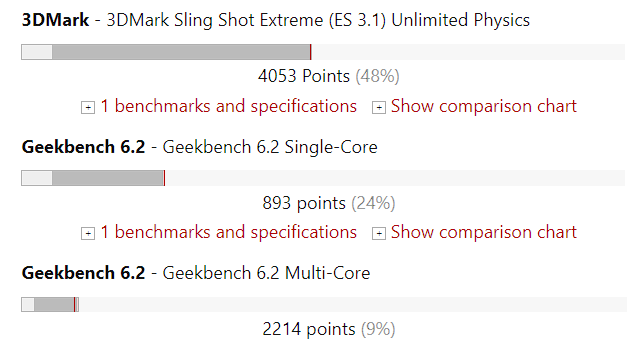
Benchmark tests provide a clear picture of how these SoCs perform under pressure. In Geekbench 6.2, the Dimensity 7030 scores 893 points in single-core tests and 2,214 points in multi-core tests. These scores reflect its solid performance, especially in multi-threaded tasks.
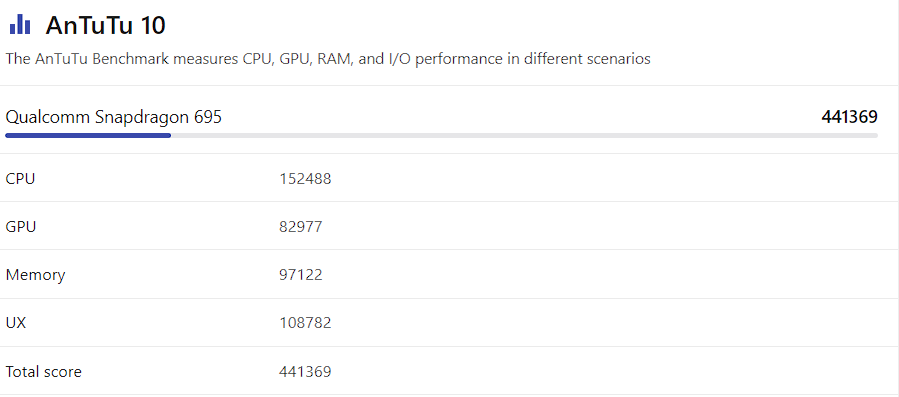
The Snapdragon 695, on the other hand, scores 908 in single-core and 2,134 in multi-core tests. While it holds its ground in single-core performance, it falls slightly behind in multi-core capabilities.
Real-world performance tests
Real-world tests often reveal how these chips perform in everyday scenarios. The Dimensity 7030 shines with its ability to handle multitasking, gaming, and media consumption efficiently. Its higher clock speeds and advanced GPU make it a strong contender for users who demand more from their devices. The Snapdragon 695, with its focus on battery efficiency, offers reliable performance for daily tasks. It's ideal for users who prioritize long battery life over raw power.
Specifications and Features Comparison
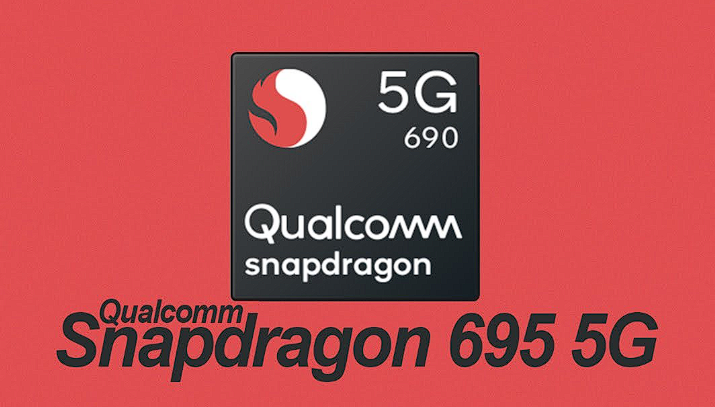
Connectivity Options
5G capabilities
When it comes to 5G capabilities, both MediaTek Dimensity 7030 and Qualcomm Snapdragon 695 offer robust options. The Dimensity 7030 supports both Sub-6 GHz and mmWave frequencies, providing download speeds up to 4.6 Gbps. This means you can enjoy faster internet speeds and better connectivity, especially in areas with advanced 5G infrastructure. On the other hand, the Snapdragon 695 also supports 5G, but with a focus on Sub-6 GHz frequencies. It offers download speeds up to 2.5 Gbps, which is still impressive for most users. If you're in an area with strong 5G coverage, both chips will keep you connected seamlessly.
Wi-Fi and Bluetooth support
Wi-Fi and Bluetooth support are crucial for everyday connectivity. The Dimensity 7030 comes with Wi-Fi 6E and Bluetooth 5.2, ensuring faster data transfer rates and more stable connections. This is great for streaming high-definition content or connecting multiple devices simultaneously. Meanwhile, the Snapdragon 695 supports Wi-Fi 5 and Bluetooth 5.2. While it may not offer the latest Wi-Fi standard, it still provides reliable performance for most users. Whether you're streaming, gaming, or just browsing, both SoCs deliver solid wireless connectivity.
Power Efficiency
Battery consumption
Battery consumption plays a significant role in your device's overall performance. The Snapdragon 695 excels in this area, thanks to its efficient 6nm manufacturing process. Devices with this chip often boast excellent battery life, allowing you to use your phone throughout the day without frequent charging. The Dimensity 7030, also built on a 6nm process, offers a good balance between performance and power efficiency. While it may consume slightly more power due to its higher clock speeds, it still provides respectable battery life for most users.
Thermal management
Thermal management ensures your device runs smoothly without overheating. The Dimensity 7030 features advanced thermal management techniques, which help maintain optimal performance even during demanding tasks. This is particularly beneficial for gamers or users who run intensive applications. The Snapdragon 695, known for its power efficiency, also handles heat well. Its design focuses on maintaining a cool temperature, ensuring your device remains comfortable to hold during extended use.
Additional Features
AI and machine learning capabilities
AI and machine learning capabilities enhance your smartphone experience by enabling smarter features. The Dimensity 7030 integrates advanced AI processing units, which improve tasks like image recognition and voice commands. This makes your device more intuitive and responsive. The Snapdragon 695 also supports AI features, though it may not be as advanced as the Dimensity 7030. However, it still offers a range of smart functionalities that enhance your daily interactions with your device.
Camera and multimedia support
Camera and multimedia support are essential for capturing and enjoying content. The Dimensity 7030 supports high-resolution cameras and advanced multimedia features like HDR10+ Adaptive and Dolby Vision. This means you can capture stunning photos and enjoy vibrant visuals on your device. The Snapdragon 695, while not as feature-rich, still supports cameras up to 108MP and offers decent multimedia capabilities. Whether you're a photography enthusiast or a casual user, both SoCs provide the tools you need to capture and enjoy your favorite moments.
User Engagement
User Reviews and Feedback
Common praises and criticisms
When it comes to user reviews, you often find a mix of praises and criticisms for both the Dimensity 7030 and Snapdragon 695. Users appreciate the Dimensity 7030 for its impressive performance in multitasking and gaming. They love how it handles demanding apps without breaking a sweat. The high refresh rate support and vibrant graphics get a thumbs up from gamers and media enthusiasts alike.
However, some users mention that the Dimensity 7030 can consume more battery during intensive tasks. This might be a concern if you're someone who values battery life over raw power.
On the other hand, the Snapdragon 695 receives praise for its excellent battery efficiency. Users enjoy the long-lasting battery life, which keeps their devices running throughout the day. It's a favorite among those who prioritize endurance over performance.
But, not everything is rosy. Some users feel that the Snapdragon 695 struggles with high-end gaming and graphics-intensive applications. If you're a hardcore gamer, you might find it lacking in this department.
User experience anecdotes
You might find user anecdotes quite insightful. One user shared how the Dimensity 7030 transformed their gaming experience. They loved the smooth gameplay and vibrant visuals, making every session enjoyable. Another user mentioned how the Snapdragon 695 kept their phone alive during a long road trip, allowing them to stay connected without worrying about charging.
These stories highlight the strengths and weaknesses of each SoC, giving you a better idea of what to expect.
Community Polls and Comments
Voting on preferred SoC
Community polls often reveal interesting insights into user preferences. In a recent poll, users voted on their preferred SoC between the Dimensity 7030 and Snapdragon 695. The results showed a slight edge for the Dimensity 7030, with many users valuing its performance capabilities. However, a significant number of voters still favored the Snapdragon 695 for its battery efficiency and reliable performance.
These polls can help you gauge the general sentiment and see which SoC aligns more with your needs.
Discussion highlights
Community discussions bring out diverse opinions and experiences. In one discussion, users debated the importance of performance versus battery life. Some argued that the Dimensity 7030's superior performance justified its higher power consumption. Others countered that the Snapdragon 695's battery efficiency made it a better choice for everyday use.
These discussions often provide valuable insights and help you make an informed decision based on real-world experiences. Whether you prioritize performance or battery life, engaging with the community can offer perspectives you might not have considered.
Related Comparisons
When diving into the world of mobile processors, you might find yourself comparing different models to see which one suits your needs best. Let's explore some other notable comparisons between MediaTek and Qualcomm chips.
Other MediaTek vs Snapdragon Comparisons
Dimensity 800 vs Snapdragon 765
The Dimensity 800 and Snapdragon 765 are both popular choices in the mid-range segment. The Dimensity 800, with its ARM Cortex-A76 cores clocked at up to 2.0 GHz, offers a solid performance for everyday tasks. It features a Mali-G57 MC4 GPU, which provides decent graphics capabilities for casual gaming. On the other hand, the Snapdragon 765, equipped with Qualcomm Kryo 475 cores, also clocks at 2.3 GHz ARM. It includes an Adreno 620 GPU, delivering a smooth experience for most mobile games.
In terms of connectivity, both chips support 5G, but the Dimensity 800 offers slightly better download speeds. The MediaTek Dimensity 800 supports Sub-6 GHz frequencies, providing a robust connection for streaming and browsing. Meanwhile, the Snapdragon 765 excels in battery efficiency, making it a great choice for users who prioritize long-lasting performance.
Dimensity 1000 vs Snapdragon 865
The Dimensity 1000 and Snapdragon 865 represent higher-end options in the mobile processor market. The Dimensity 1000 boasts ARM Cortex-A77 cores, clocked at 2.6 GHz, offering impressive processing power. Its Mali-G77 MC9 GPU ensures excellent graphics rendering, making it ideal for gaming enthusiasts. The Snapdragon 865, with its Qualcomm Kryo 585 cores, reaches speeds of 2.84 GHz ARM. It features an Adreno 650 GPU, providing top-tier graphics performance.
Both chips support advanced 5G capabilities, but the Dimensity 1000 stands out with its dual 5G SIM support, allowing you to use two networks simultaneously. The Snapdragon 865, however, shines in AI and machine learning tasks, thanks to its Hexagon 698 DSP. This makes it a preferred choice for users who rely on AI-driven applications.
In these comparisons, you can see how each chip brings unique strengths to the table. Whether you prioritize performance, connectivity, or battery life, understanding these differences helps you make an informed decision. The Dimensity 7030 vs Snapdragon 695 showdown is just one example of how MediaTek and Qualcomm continue to push the boundaries in mobile technology.
Key Findings: The Dimensity 7030 outshines the Snapdragon 695 in performance, boasting a 103.86% advantage in benchmarks. Its higher clock speeds and Mali-G610 MP3 GPU deliver superior gaming and multitasking experiences. Meanwhile, the Snapdragon 695 excels in battery efficiency, making it ideal for users who prioritize long-lasting power.
Final Thoughts: If you crave performance and vibrant visuals, the Dimensity 7030 suits your needs. For those valuing endurance and reliable daily performance, the Snapdragon 695 is your go-to choice.
Engagement: Share your experiences and thoughts on these SoCs. Your insights enrich our community!










